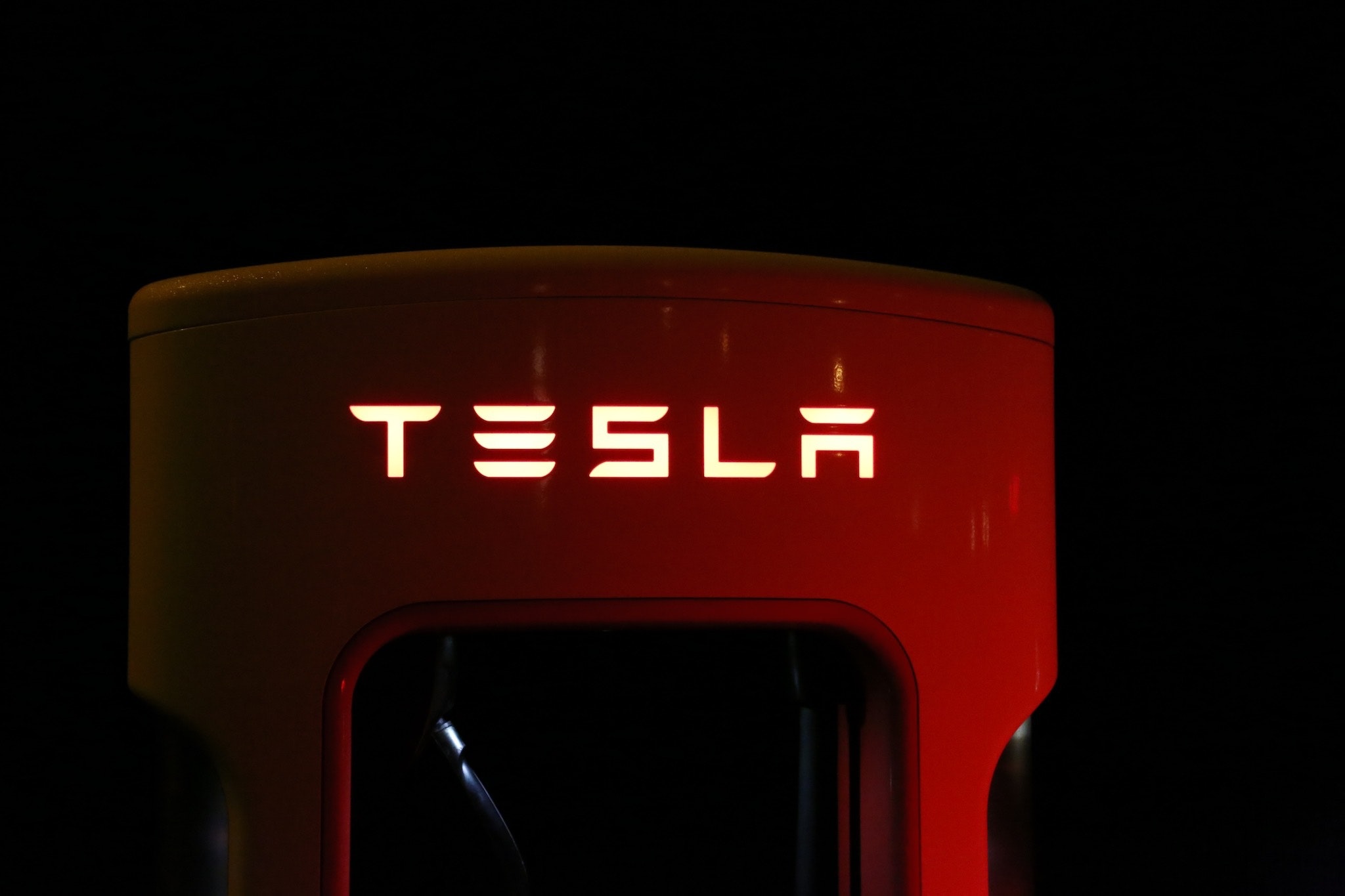I think we can all agree that Elon Musk is a visionary leader. I think we can also all agree that he doesn’t have a healthy relationship with work.
In the wake of more turnover, what we’re learning from Elon Musk and Tesla right now is that being fiercely mission-driven can be a double-edged sword.
On one hand, having a clear, driving mission is inspiring and fulfilling. Mission-driven leaders are charismatic and mission-driven employees are productive. Passionate teams are intrinsically motivated, accomplish great things, and are willing to go above and beyond.
On the other hand, that same passion drives both leaders and employees to prioritize “the work” over everything else, which can have dire consequences when healthy boundaries aren’t put in place by both the organization and individuals.
Mission is powerful – wield it wisely
In Musk’s now infamous midnight memo, he rallies his team,
“Looking ahead at our mission of accelerating the advent of sustainable transport and energy, which is important for all life on Earth, we face an extremely difficult challenge…The net effect is that Tesla must work much harder than other manufacturers to survive.”
He goes on to both announce layoffs and tell the team members who remain that they will have to increase production and make improvements.
This expectation – that the mission is the most important thing and that the team can, should, and will sacrifice everything else to bring it to fruition – is toxic.
The environment and turnover at Tesla today brings three important realities to light that every mission-driven workplace can learn from.
1) The mission is important, but it will not thrive unless the team thrives.
It’s clear that the accepted work culture at Tesla is to be always-on and always-doing-more. Could the turmoil of the last year be a result of that culture? I can’t predict the future, but I wouldn’t be surprised if we continue to see the company struggle if this culture remains.
Toxic Approach: Mission is the most important thing, the team should put the mission before themselves.
Healthy Approach: Use the mission as a motivator, but make team well-being a clear priority.
2) When you do more with less, something has to give
Anyone who’s familiar with the nonprofit starvation cycle knows that organizations may be able to effectively do more with less for a short period of time, but it’s not sustainable.
In the for-profit world, we see a similar effect with layoffs. They don’t actually help companies get better results and they have seriously deleterious effects on the health and creativity of both the released employees and those who remain.
Toxic approach: We can “power” through difficult times while ignoring the trickle-down effects.
Healthy approach: We are going to struggle through this right now, and are aware of the effect it may be having on your well-being. Please take breaks and ask for support. We will do everything we can to accommodate the team’s needs as we address this challenge.
3) Leaders set the tone
As I mentioned before, mission-driven leaders are charismatic. They tend to be visionaries with big ideas and inspiring personalities. Elon Musk is a great example. However, this kind of visionary charisma can inspire blinding dedication.
We all know Musk is working himself sick. How many of his team members are following his example?
Toxic Approach: Leader puts the mission above their own well-being and/or the well-being of the team, setting a dangerous precedent.
Healthy Approach: Leader acknowledges the critical role they play and models healthy behaviors towards work for the team, encourages staff to follow suit and listens to feedback and staff needs without judgment.


